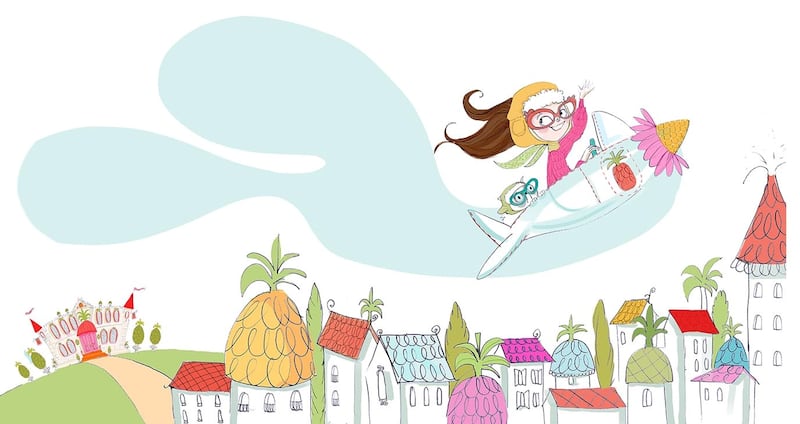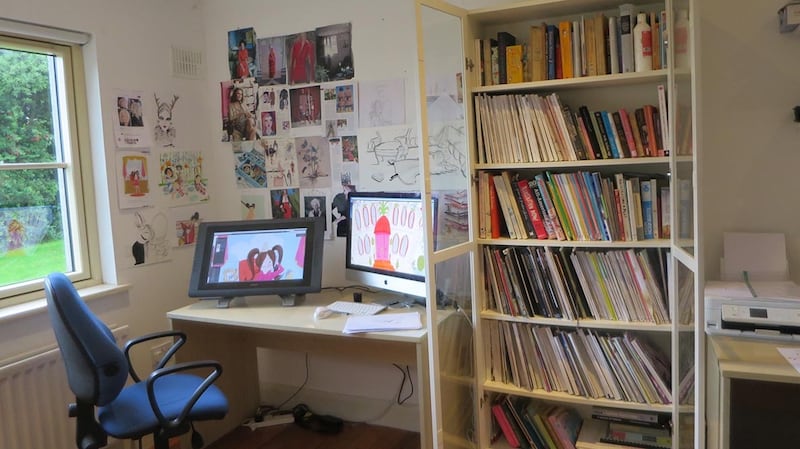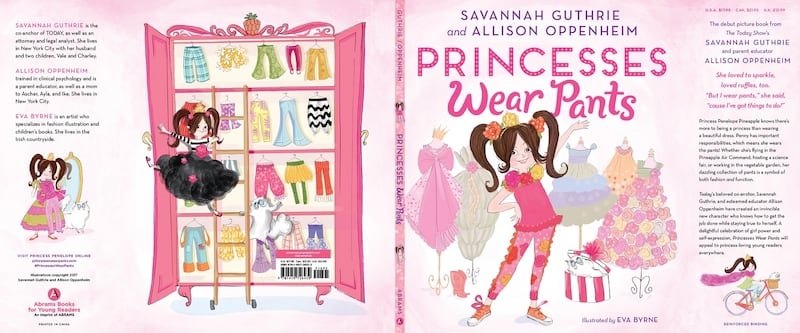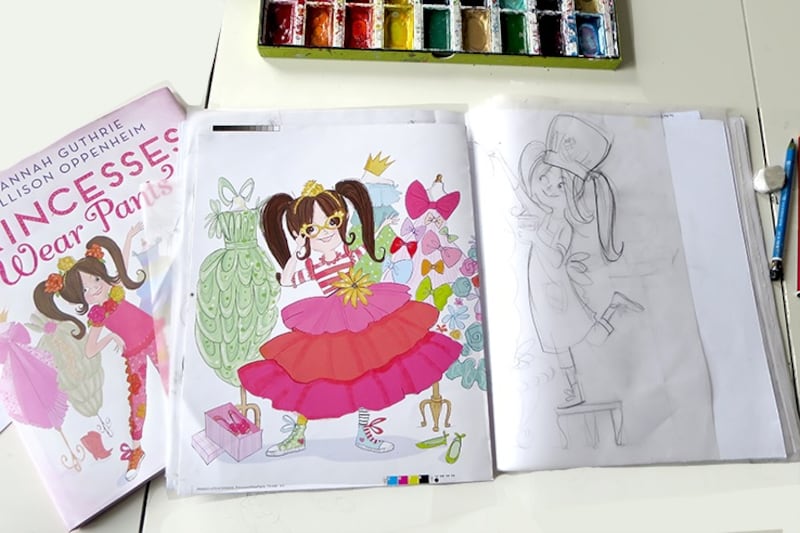Feminism is close to the hearts of many in the children’s books world these days, with many titles about the rebel girls of history, science and technology charming and inspiring readers this year: Chelsea Clinton’s She Persisted; Elena Favilli and Francesca Cavallo’s Good Night Stories for Rebel Girls; Rachel Ignotofsky’s Women in Science; Reshma Saujani’s Girls Who Code; Kate Pankhurst’s Fantastically Great Women Who Changed The World; Elisabeth Brami and Estelle Billon-Spagnol’s Declaration of the Rights of Boys and Girls.
Real-life feminist role models can also, of course, inspire fictional ones. Kate Middleton has been noted as the kind of princess who isn’t quite the sort to flounce around in tutus all day long. Between the ongoing fascination with “princess” figures in children’s stories and the current push for work that expands ideas of what women can be and do, it is perhaps unsurprising that the Middleton-inspired Princesses Wear Pants (Abrams, £12.99), an account of the practical-yet-stylish Princess Penelope Pineapple as she goes about her various duties, is currently in its seventh week at or near the top of the New York Times bestseller list for picture books.


For illustrator Eva Byrne, however, it was the furthest thing from her mind. “I’m over the moon,” she says. “I was just thrilled to be published, to get to number one wasn’t even in the picture! (Unintended pun.)” Byrne, who is based in Sligo, describes herself as “fairly under the radar in Ireland”, though she has been working in illustration for more than 20 years. Nowadays she is happy enough to count herself as a “children’s books illustrator” but her background is a little more varied.
The careful attention paid to Princess Penelope’s attire offers up a clue; Byrne studied fashion illustration in New York’s Fashion Institute of Technology, regarded as one of the top five fashion schools in the world. Part of the appeal for Byrne was that it’s a “very fast paced, trend driven form of illustration”, and it offered her the chance to work with companies like Calvin Klein and L’Oreal.

“After an editor spotted my work in French Elle magazine,” Byrne recalls, “she commissioned me for a series of chapter books featuring a fashion-loving French teenager and from there my interest in children’s books developed.” She joined the Irish branch of SCBWI (the Society of Children’s Book Writers and Illustrators) and continues to find its newsletters “an invaluable resource of tips, guidance and support”, as well as praising the regional advisor, Colleen Jones, for being “terrific at keeping members up to date with opportunities for meet ups and conferences”.
Getting an agent also helped hugely. Byrne signed with the Bright Agency in 2014. “They were actually top of my list as they also cover licencing and have a literary division, so I sent them my first submission and thankfully signed with them.” She describes the process as “a total game-changer, especially living as I do in the northwest. The opportunities that can arise by living in a city, say, being introduced to people at book launches or art openings really just don’t happen here, so to have an agency working out of London and New York on your behalf is fantastic.”
When working on Princesses Wear Pants, Byrne, like most illustrators, began her job once the finished text – written by TV anchor Savannah Guthrie and educator Alison Oppenheim (both of whom are parents to princess-obsessed daughters) – was completed. She praises her editor for giving her “lots of creative freedom” while also articulating clearly from the beginning “what kind of feel the book was going for”.
The Princess Penelope books – a second one is on the way – feature a combination of coloured pencil and digital illustrations, while other projects (Byrne is also working on a fashion sketchbook for Lonely Planet Kids) allow different opportunities, such as working “in very loose brush and ink”. The traditional-versus-digital divide that preoccupies many illustrators does not concern her too much; she’s much more interested in finding the right approach for a particular book.
Her picture book influences include the French cartoonist and illustrator (Jean-Jacques) Sempé, whose drawings in the Le Petit Nicolas series were the first piece of art she can remember that moved her. “I loved them. I still do!” She is also an admirer of Carol Crimmons, Christine Davanier (“I just love the lightness of her work”), Ian Falconer and Vanessa Brantley Newton (“for her exuberant characters”).


Inspiration, however, comes not from others but from within. The best advice she ever received about creativity was this: “You can’t afford to wait around for creativity, it only shows up when you do.” And so Byrne goes to her studio every day to “work intensely” on different projects, though this is also combined with the wrangling of four school-age children. Like many parents, her day begins with “a six-year-old waking me up insisting that he’s starving” – a life that is less glamorous or princess-like and much more down-to-earth.













